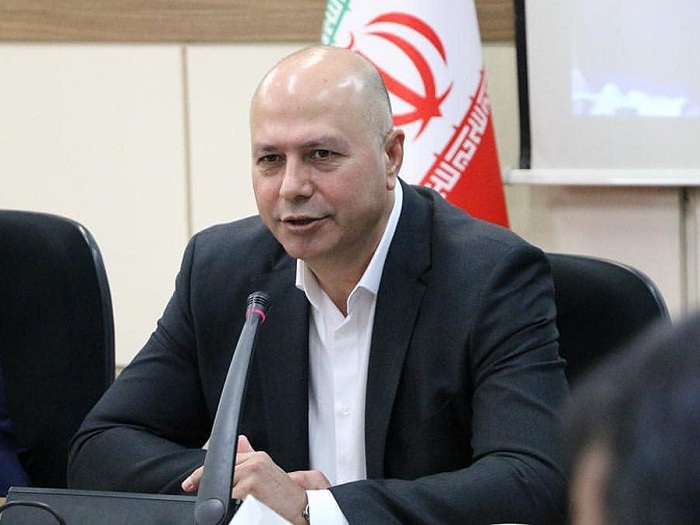It is not possible to attract investment in the mining industry with tolls and directives

Chairman of the Mining and Mining Industries Commission of the Iranian Chamber of Commerce: Today, in the face of cowardly sanctions by the enemy and various foreign problems, we should not create internal barriers such as export duties and various directives to destabilize the market and prevent attracting investors.
According to the International Exhibition of Iranian Stone, "Bahram Shakoori" stated: "Last year, the country's mining and mineral industries sector faced many inflammations, and some events, such as the imposition of direct and indirect sanctions on Iran's mining and metals sector, are beyond the control of policymakers and It was the activists of this section.
He added: "Sanctions have not been the whole story and pressure on the mining sector last year, but policies such as imposing tariffs on mineral exports, customs problems on imports of machinery and equipment, increasing government salaries and ownership of mines are also good conditions for the mining community." The country did not have it with it, and its radiation spread to other parts of the mining community.
According to the Ministry of Industry, Mines and Trade, last year the share of the mining and mineral industries in the value of non-oil exports reached 25 percent.
The Customs of the Islamic Republic of Iran has announced the value of the country's non-oil exports at forty-one billion and three billion dollars, of which ten billion and three hundred and twenty-five million dollars will be the share of the mining and mineral industries.
According to Shakouri, government interventionist policies in the market are another challenge in recent years in the mining sector, which in addition to reducing market efficiency, has led to the issuance of numerous directives, which have contributed to market instability, recurrence and regulation and capital flight. Will be divided.
He added: "Grammatical interference in market processes disrupts the balance and in opposition to economic forces. In addition, not considering the value chain of mining industries in the mining share of the national economy caused the country's planners to have a small share in this sector." It is said that the mining sector will not be taken seriously, to the point that even with the insufficient allocation of government funds for this sector, it will be damaged.
The head of the Chamber of Mines and Mining Industries of the Iran Chamber of Commerce and Industry said: "Resources from government rights and ownership of mines, which should be spent according to the law with 100% allocation in the mining sector, in recent years, contrary to the law, on average less than fifty percent. The budget is allocated to this sector.
The latest statistics of the Ministry of Industry show that last year, one thousand eight hundred and seventy-one billion tomans were collected from five thousand and six hundred active mines of state-owned mines.
Shakoori added: "Today, in the value chain of steel production, the rupture of the chain due to wrong privatization policies, unfair distribution of profits in the value chain and issuing incorrect licenses, cause the movement of iron ore units to produce steel and steelmaking units to produce iron ore." The country has become.
He noted that the country's iron ore reserves are limited and the presence of minerals in the production of steel ingots has upset the balance of the chain and the differences between the units, but this part of the scientific and practical experience of its activists is empty of events. It was not positive or effective.
According to the Ministry of Industry, last year the production of steel ingots in the country reached more than 28 million tons for the first time.
The head of the Mining and Mining Industries Commission of the Iran Chamber of Commerce and Industry had previously said that the production, equipping and modernization of the country's mines in two small-scale and large-scale sectors is a necessity and calculations to develop the mining sector and achieve the goals of mineral production in 1404. It shows that every year in the small mining sector, a scale of about two hundred and forty-seven and six billion tomans in the rial sector and in large mines of about two hundred and forty-nine million euros in foreign exchange should be invested, the financing of which is another challenge. It counts.
* IRNA










